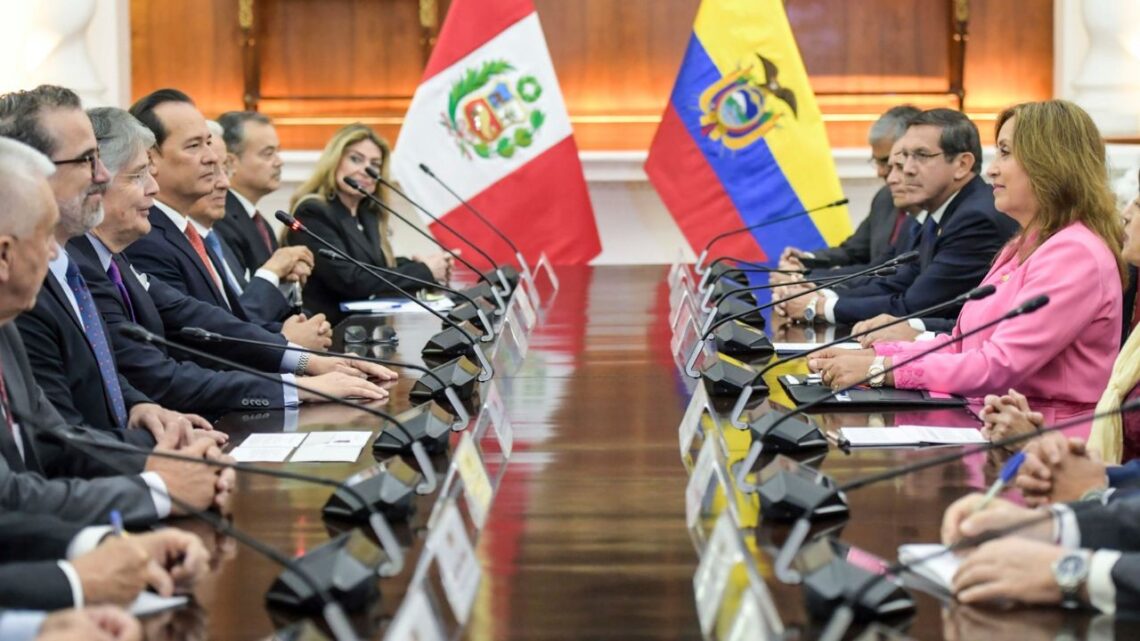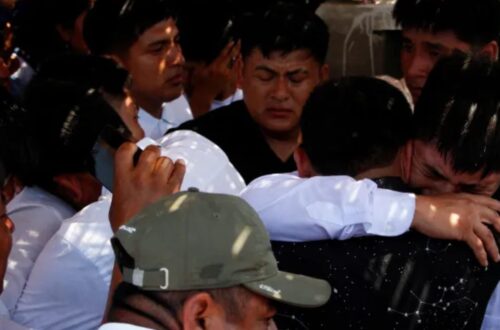In a major step toward reinforcing regional cooperation and diplomatic trust, the Foreign Affairs Ministers of Ecuador and Peru held a bilateral meeting in Quito aimed at deepening political, economic, and security collaboration.
The dialogue marked an important milestone in the lead-up to the 17th Peru–Ecuador Binational Cabinet, which will focus on advancing cross-border integration, sustainable development, and the joint fight against organized crime.
The meeting reflects both nations’ continued commitment to maintaining strong bilateral ties, improving border management, and creating opportunities for growth and stability across shared territories.
Purpose of the Meeting
The bilateral dialogue was designed to evaluate ongoing projects and identify new areas of collaboration under the framework of the Peru–Ecuador Neighborhood Commission, which was established after the historic peace agreements of 1998.
Both ministers reaffirmed their intention to prioritize security cooperation, economic integration, and environmental sustainability, while also reviewing progress made in health, education, and infrastructure initiatives along the border regions.
Discussions centered on shared challenges such as illegal mining, drug trafficking, and migration management, with both sides expressing the need for stronger institutional coordination.
Key Details of the Bilateral Meeting
| Aspect | Details |
|---|---|
| Location | Palacio de Najas, Quito, Ecuador |
| Participants | Foreign Minister Gabriela Sommerfeld (Ecuador) and Foreign Minister Elmer Schialer (Peru) |
| Date | October 2025 |
| Main Objective | Strengthen bilateral cooperation and prepare for the 17th Peru–Ecuador Binational Cabinet |
| Priority Areas | Border integration, trade, security, environment, and social programs |
| Agreements Signed | Frameworks for cooperation in migration control, customs facilitation, and cross-border security |
| Next Step | Implementation of joint projects under the 2025–2026 bilateral action plan |
Main Discussion Areas
1. Border Development and Connectivity
Both countries agreed to continue investments in road and bridge infrastructure to enhance mobility, promote trade, and improve living standards for border communities.
Emphasis was placed on the development of logistics corridors linking Tumbes, Piura, and El Oro provinces.
2. Security and Crime Prevention
Given the rising presence of transnational criminal networks operating along the border, both sides committed to intensifying joint military and police operations. Efforts will focus on countering drug smuggling, illegal mining, arms trafficking, and human trafficking.
3. Economic and Trade Cooperation
The ministers discussed initiatives to streamline customs processes, boost bilateral trade, and encourage investment partnerships in key sectors such as energy, mining, and agriculture.
Both countries also expressed interest in digital innovation and sustainable business opportunities.
4. Environmental and Social Collaboration
Recognizing the shared environmental challenges facing the Amazon basin and border ecosystems, Ecuador and Peru agreed to coordinate efforts on forest conservation, water resource management, and renewable energy development.
5. Migration and Humanitarian Coordination
Both governments reaffirmed their commitment to protect migrant rights, ensure safe migration pathways, and enhance information-sharing between immigration agencies.
Achievements and Outcomes
The meeting resulted in renewed bilateral commitments in several key areas:
- Establishment of a Binational Security Task Force to address organized crime.
- Approval of an Infrastructure Action Plan to enhance trade connectivity.
- Creation of a joint education initiative to benefit youth in border regions.
- Agreement to strengthen information exchange mechanisms for migration and customs.
The ministers highlighted the importance of continued dialogue to ensure these projects produce tangible results for both nations.
Diplomatic Significance
This meeting reaffirmed the friendly relationship that has developed between Ecuador and Peru over the past two decades since the signing of their peace accords.
The discussions represent a shared vision of turning former conflict zones into areas of prosperity and cooperation.
The two nations continue to serve as a model of peaceful conflict resolution and regional integration in Latin America.
Their collaboration demonstrates that dialogue and diplomacy remain powerful tools for sustainable development and mutual progress.
The bilateral meeting between Ecuador and Peru’s foreign ministers represents an important milestone in regional diplomacy.
By addressing issues of security, trade, environment, and social welfare, both nations have signaled a united front against the challenges of the modern era.
Through concrete commitments, coordinated policies, and a shared dedication to the well-being of border populations, Ecuador and Peru are charting a path toward a more connected, secure, and prosperous future.
The upcoming 17th Binational Cabinet will be a defining moment in transforming these discussions into real progress, reinforcing that cooperation—not division—is the key to lasting regional stability.









